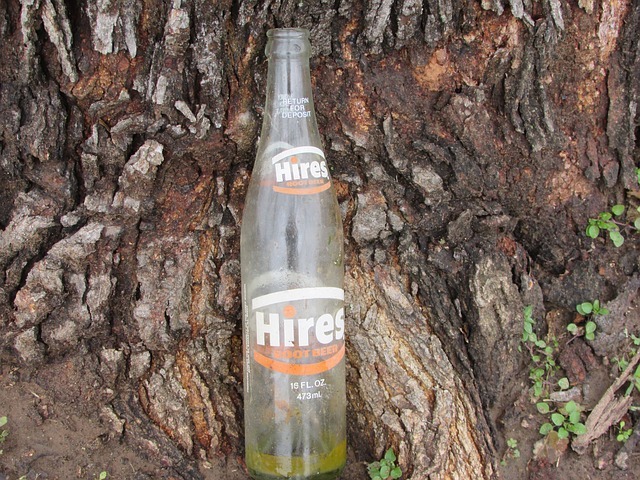Root Beer and Behavior

Root beer is a very popular soda drink in North America and has been around for ages. Root beer comes in basically two forms, alcoholic and as a soft drink. Although there are hundreds of root beer brands in the United States, its flavor comes almost exclusively from a root extract of the sassafras tree.
However, the FDA has banned the use of the (natural) sassafras flavor (safrole oil) in the United States. Safrole oil is a potential carcinogen. Many brands now use artificial flavors instead.
A number of spices, including nutmeg, cinnamon, mace, anise, black pepper and sweet basil all contain Safrole. Sassafras root however, contains safrole in much higher concentrations.
History
Indigenous people of the Americas often made beverages with Sassafras root extract for culinary and medicinal reasons. The drink was sold since the 1840s and producers combined it with soda since the 1850s. Pharmacist Charles Elmer Hires was the first person to commercially market a brand of root beer. He debuted his version of the drink at the Philadelphia Centennial Exposition in 1876. One of Hires’ early competitors was Barq’s, which started selling its sarsaparilla-based drink in 1898.
Root Beer Ingredients
Other root beer flavors are vanilla, wintergreen, licorice root, Cherry tree bark, Anise, Nutmeg, molasses, cinnamon, clove and honey. Many brands also contain additional artificial and natural ingredients. Soybean protein is sometimes added to make the drink foamy. Caramel is used to make the beverage brown. Most brands are caffeine-free, but Barq’s contains caffeine.
Our personal experience suggests that parents should not give root beer to their children to limit negative behaviors. While it is difficult to pinpoint one particular ingredient that is causing negative behaviors, we have seen many unexpected behaviors in our son after consuming root beer.
What is your experience with this soda? Leave a comment below.
References
Dietz, B. and Bolton, J.l. (2007). Botanical Dietary Supplements Gone Bad. Chem. Res. Toxicolgy 20: 586–90.
Image courtesy of Pamula REEVES-BARKER.
